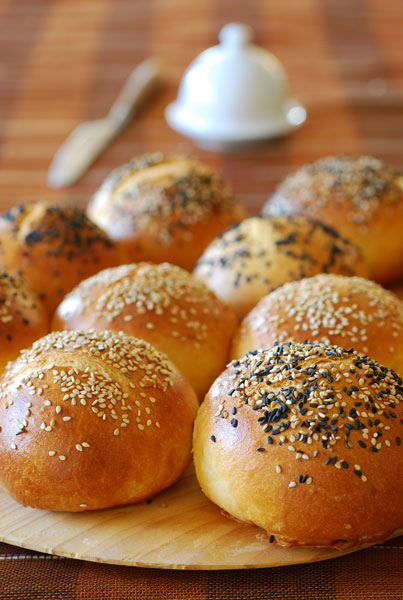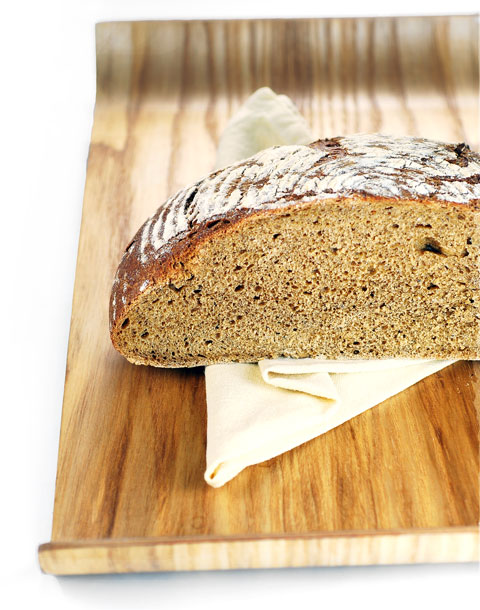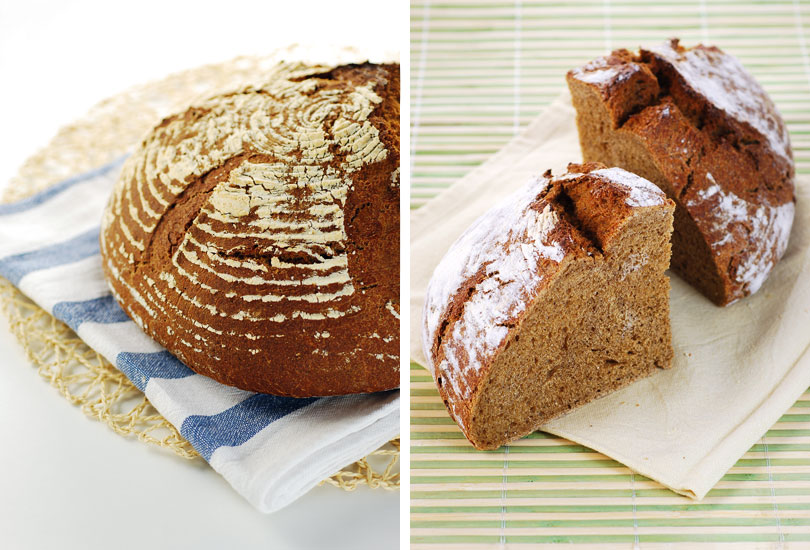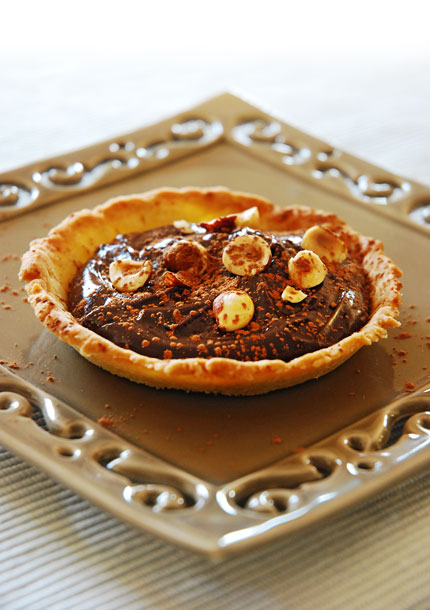
My name is Agnieszka and I am a chocoholic. Quite an intimate confession, isn't it? ;) Sadly, in my case, it is rather a serious addiction. It can be as strong as nicotine or alcohol. I wonder if there are any Chocoholic Anonymous because I suppose I'm not the only one in the clutches of addiction.
In contrast to people who are satisfied with only one cube of dark chocolate (70% of cocoa solids at least) per day, I worship milk chocolate. When it melts in my mouth I am in heaven. Unfortunately, I can only satisfy my desire with an ever increasing quantity.
What is really funny - I'm not very fond of chocolate flavour in other sweets. Chocolate ice cream does not tempt me at all. Once a year I have a craving for a nice Portuguese chocolate mousse. As far as chocolate cakes are concerned I'm extremely picky and demanding. Here I agree with the "not worth the calories" concept. What does this strange term mean? Well, it's quite simple: if you take a diet break and you want to devour something hypercaloric you better choose a food that promises you a culinary ecstasy.
And there are some chocolate pastries that can lead me to nirvana. Today's tartlets reflect my passionate desire for a decent chocolate creation. They are perfect for a party because you can make them in almost no time if you bake the crust shells one day ahead.
So close your eyes, forget about calories and enjoy a creamy chocolate filling with a delicate caramel aftertaste, all of this inside a crunchy hazelnut crust.
In contrast to people who are satisfied with only one cube of dark chocolate (70% of cocoa solids at least) per day, I worship milk chocolate. When it melts in my mouth I am in heaven. Unfortunately, I can only satisfy my desire with an ever increasing quantity.
What is really funny - I'm not very fond of chocolate flavour in other sweets. Chocolate ice cream does not tempt me at all. Once a year I have a craving for a nice Portuguese chocolate mousse. As far as chocolate cakes are concerned I'm extremely picky and demanding. Here I agree with the "not worth the calories" concept. What does this strange term mean? Well, it's quite simple: if you take a diet break and you want to devour something hypercaloric you better choose a food that promises you a culinary ecstasy.
And there are some chocolate pastries that can lead me to nirvana. Today's tartlets reflect my passionate desire for a decent chocolate creation. They are perfect for a party because you can make them in almost no time if you bake the crust shells one day ahead.
So close your eyes, forget about calories and enjoy a creamy chocolate filling with a delicate caramel aftertaste, all of this inside a crunchy hazelnut crust.
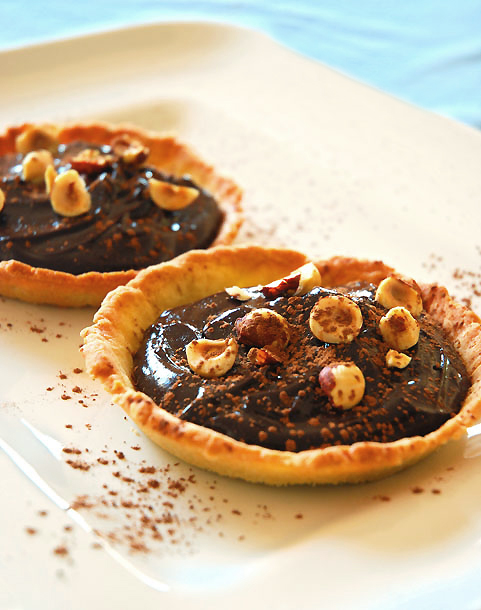
Chocolate and caramel tartlets
12 small or 6 medium tartlet tins
Hazelnut crust:
210 g all-purpose flour
30 g hazelnuts, chopped
2 tablespoons sugar
125 g cold butter, diced
1 egg yolk
1-2 tablespoons ice cold water (optional)
Filling:
50 g light brown sugar (my favourite is rapadura)
20 g butter
60 ml single cream or half and half (12% fat)
150 g dark chocolate, coarsely chopped
60 ml whipping cream (35% fat)
3 tablespoons hazelnuts, toasted and coarsely chopped
1-2 tablespoons dark cocoa powder
Hazelnut crust:
Put flour, nuts and sugar into a food processor. Pulse a few times until you get a finely ground mixture. Add the butter and process until the mixture begins to resemble crumbs. Now add the egg yolk and pulse until the dough forms a ball (you may need to add some ice cold water). Flatten into disk, wrap in plastic and chill in the fridge for 30 minutes.
Preheat the oven to 190ºC (375ºF).
Roll out the dough on lightly floured surface (silicone pastry board is excellent for that purpose) to 2/3cm thick. Press the dough onto bottom and up sides of buttered and floured tartlet pans. Prick the dough with a fork. Bake until golden brown for approximately 8-12 minutes. Leave to cool down on rack. Carefully take out the pastry shells from the pans.
Filling:
Put chopped chocolate in a heatproof bowl. In a saucepan, heat the sugar, butter and liquid cream. Stir until sugar dissolves and bring to a boil. Continue cooking on low heat for 2 minutes without stirring. Pour hot liquid on chopped chocolate in the bowl and mix until it dissolves. Add the whipping cream and mix again thoroughly. Leave to cool, then put in the fridge for 10 minutes.
Pour the filling onto completely cooled crust shells. Sprinkle with chopped hazelnuts and cocoa.
